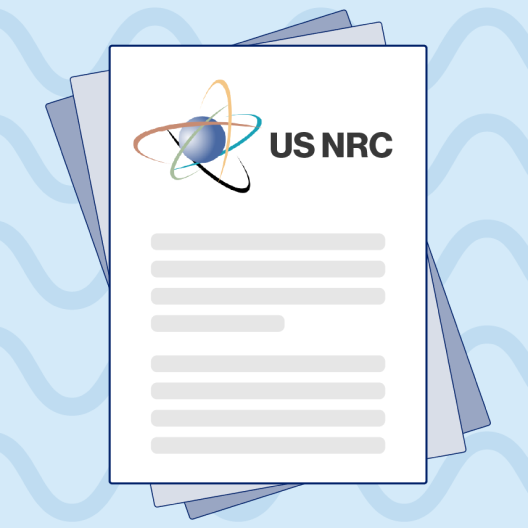
Licensing and safety
This section of the Novartis RLT Institute reviews important aspects for obtaining or amending a radioactive materials (RAM) license for medical use, including types of licenses, components of the application, and key individuals, focusing on the key considerations for a radioligand therapy (RLT) program.
RAML application
Overview

Guidance for obtaining a RAM license for medical use from the Nuclear Regulatory Commission (NRC) is covered in their Program-Specific Guidance About Medical Use Licenses Final Report NUREG-1556, Vol 9, Rev 31.
The NRC RAM license (RAML) application is NRC Form 3131. The application can vary by state, as the NRC directly regulates only select states in the US. For the other states, known as “Agreement States” due to their agreement with the NRC to regulate their own RAM use while still adhering to its rules, there may be a state-specific application, while some states accept the NRC application. See the NRC Agreement States website for state-specific applications.2

Administration of 177Lu-based RLTs, like PLUVICTO® (lutetium Lu 177 vipivotide tetraxetan) and LUTATHERA® (lutetium Lu 177 dotatate), follows the NRC Regulations Title 10, Code of Federal Regulations, Part 35 , specifically Subpart E, as RLT administration requires the use of unsealed byproduct (ie, RAM) for which a written directive is required.3-5 Agreement States may have their own regulations, but must align with guidelines from the NRC, as states are not permitted to be less restrictive than the NRC.6
Requirements and responses to the application will vary for limited scope and broad scope licenses.1 As reviewed in the previous section, each license type has different benefits and considerations, and the type of license will be driven by the types and quantities of requested radionuclides.1 Questions about which license type is most appropriate for the practice needs should be directed to the NRC or applicable Agreement State program.
